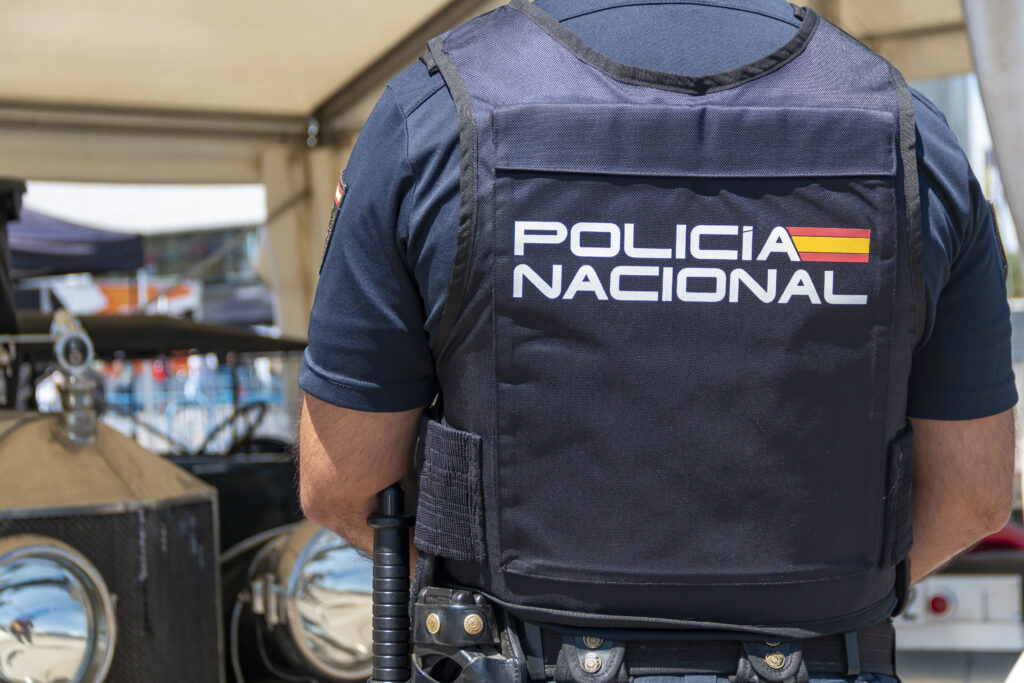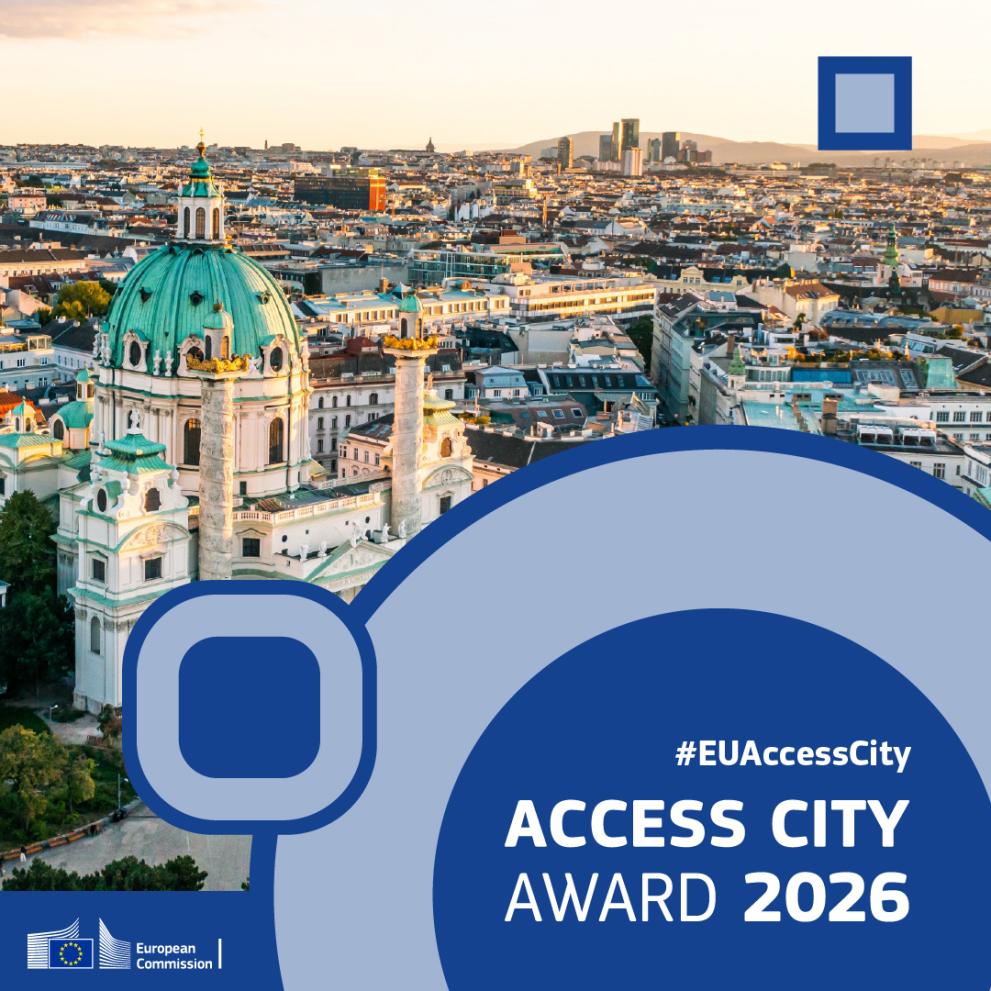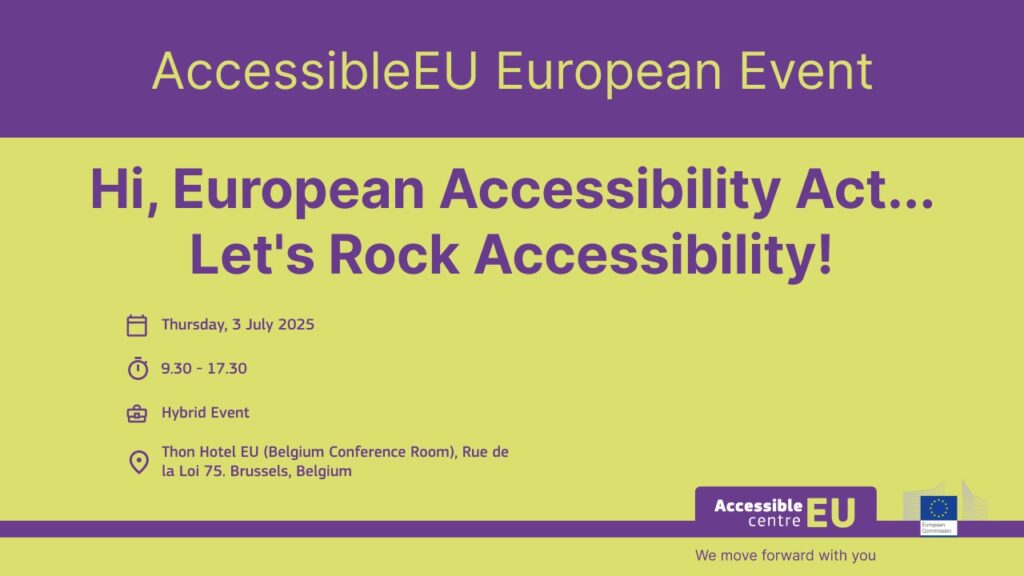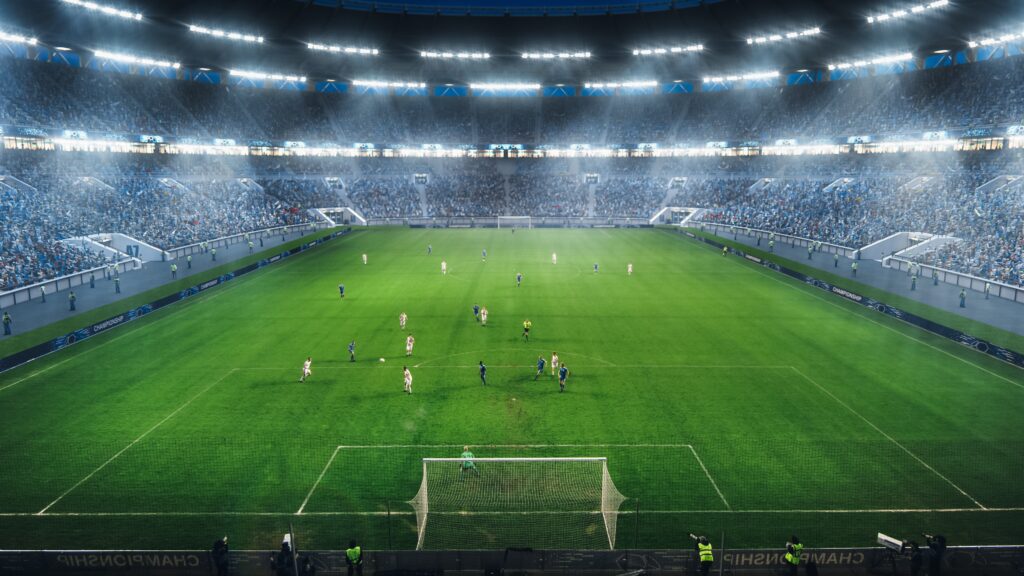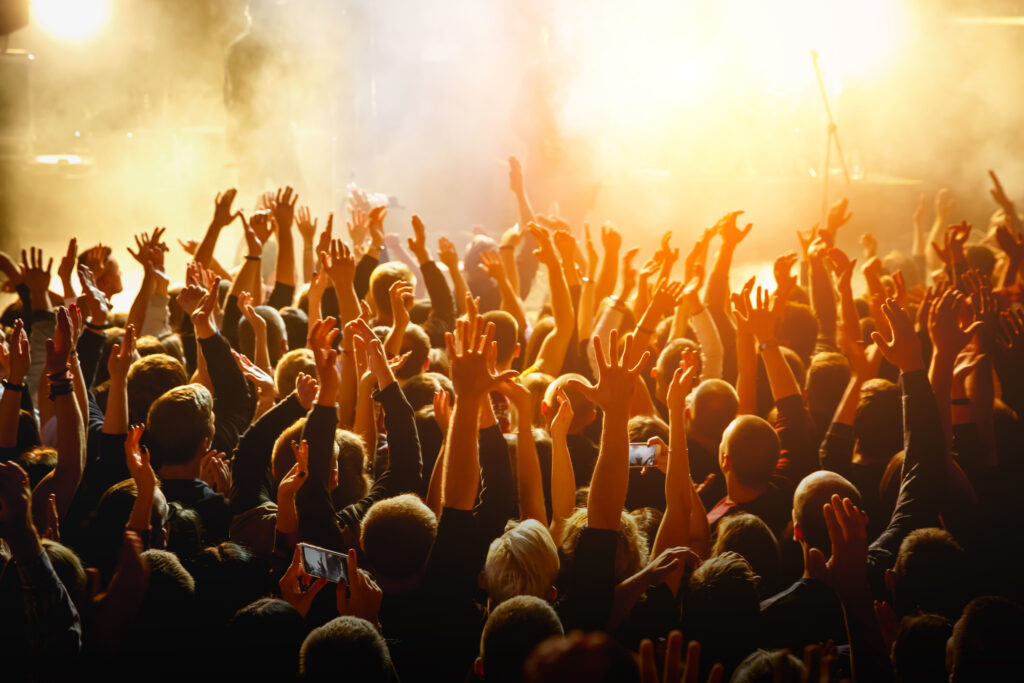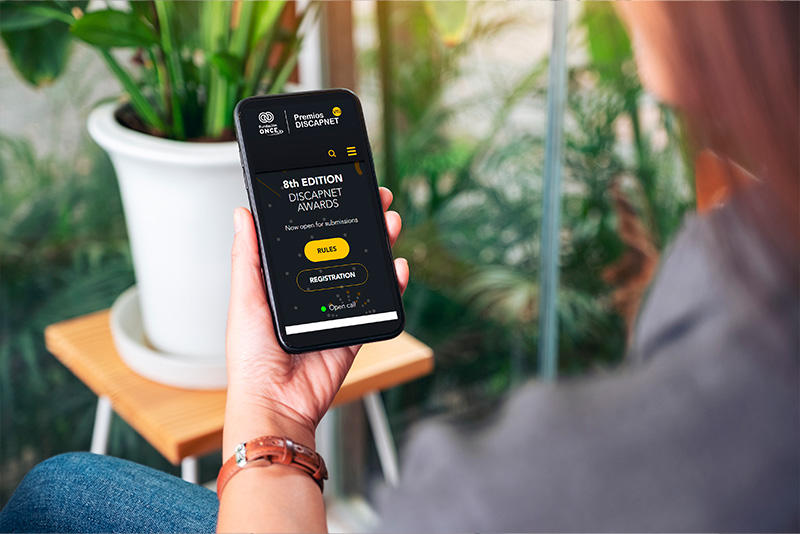
Fundación ONCE has extended the deadline for submitting works to Discapnet Awards for Accessible Technologies. Those interested in submitting their works can do so until May 31 by filling in the form corresponding to the category of their choosing available on the awards’ website: https://premios.discapnet.es/en/home
Discapnet Awards for Accessible Technologies recognize the best initiatives and actions in the field of Information and Communication Technologies (ICT) designed to improve the lives of people with disabilities, as well as institutions and organisations that have carried out continuous work in the field of accessible technology.
The awards are divided into four categories.
Category A will recognise the best available technology-related product or service designed to improve the lives of people with disabilities.
Category B prize will be awarded to the person, company, institution or organisation with an outstanding trajectory in working to improve accessibility to technology.
Category C recognises the best business venture project with a social impact that aims to improve the lives of people with disabilities through ICTs.
Category D prize will be awarded to the most prominent media outlet in disseminating information about accessible technology-related initiatives, projects, products and services.
As in the previous edition, winners of each category will receive a cash prize.
Categories A, B, C and D winners will receive € 5.000. Category C winner will receive € 15.000, which must be fully allocated to the development of the winning business venture.
Rules for the 8th edition of Discapnet Awards can be viewed in this link https://premios.discapnet.es/en/7th-edition#anclabases
Source:
Fundación ONCE
